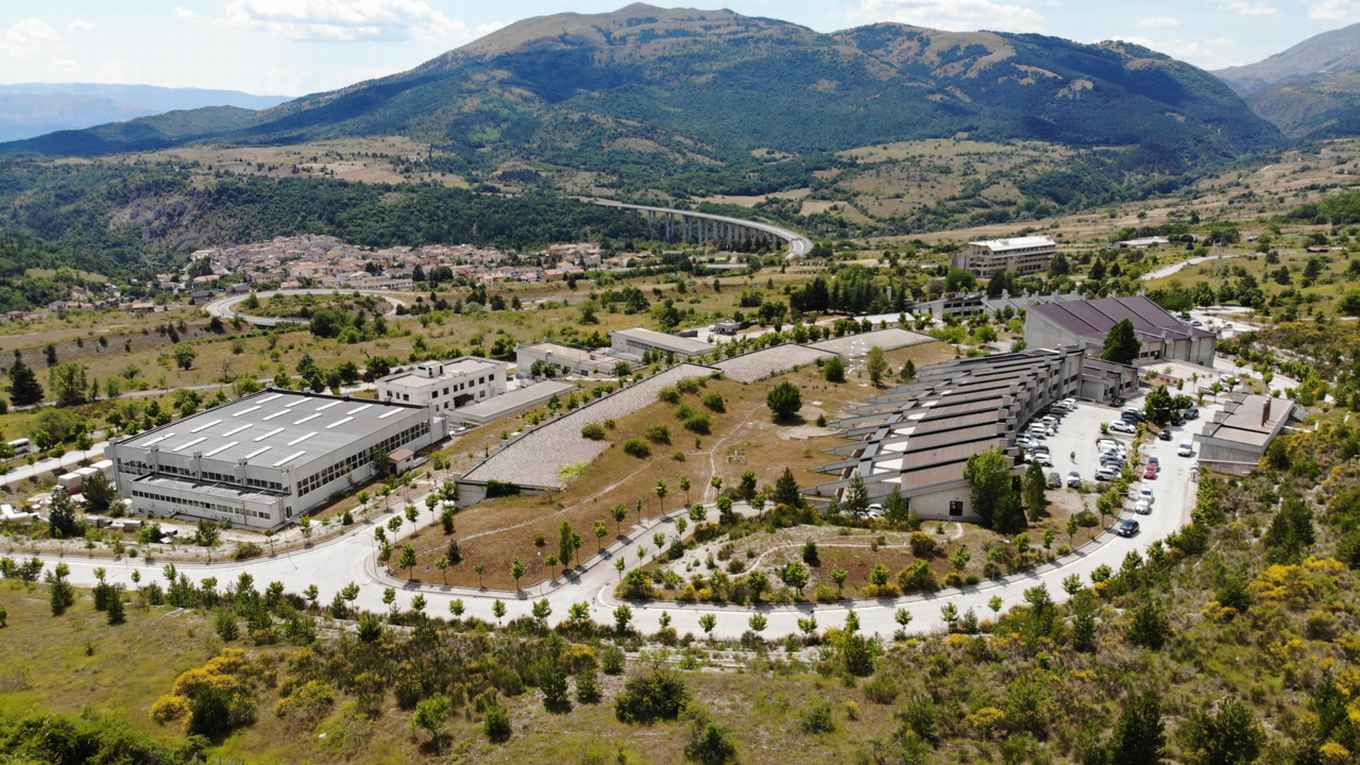NWA-ORC for neutrino observations
25 November 2020

Every second Earth is bombarded with an enormous number of neutrinos from the cosmos. These neutrinos were created in the primordial soup one second after the Big Bang, but they have never been observed. In the proposed research, the consortium will develop an experiment to observe these relic neutrinos by investigating the decay of heavy-hydrogen tritium.
Besides the University of Amsterdam, the consortium, for which Auke Pieter Colijn is the coordinator and which also involves UvA physicist Shin’ichiro Ando, consists of the Radboud Universiteit, De Haagse Hogeschool (The Hague University of Applied Sciences), TNO, the Princeton Physics Department, the Laboratorio Nazionale di Gran Sasso (LNGS), the Netherlands’ Physical Society (NNV), Ampulz, and the Karlsruhe Institute of Technology (KIT).
NWA-ORC
The project is financed as part of the second round in the programme of the National Science Agenda: Research in Routes by Consortia (NWA-ORC). Besides the neutrino consortium, 20 other consortia will work in teams doing interdisciplinary research that brings scientific and societal breakthroughs within reach. A second consortium, researching black holes, also involves UvA physicists. In all of the projects, the entire knowledge chain and both public and private societal parties work together closely.